Research on the Strategy of Enhancing the Vitality of Rural Communities Based on the Integration of Culture and Tourism
DOI: 10.23977/tmte.2024.070105 | Downloads: 25 | Views: 214
Author(s)
Boyang Bai 1
Affiliation(s)
1 Faculty of Construction, Guangdong Technology College, Zhaoqing, Guangdong, 526000, China
Corresponding Author
Boyang BaiABSTRACT
The vitality of rural communities is crucial for the long-term development of rural areas and the process of urban-rural integration. However, the current lack of vitality in rural communities poses constraints on their development. To address this issue, researchers have focused on the integration of culture and tourism, selecting rural communities as their research subject, and exploring pathways for development through industrial integration, the return of young population, and environmental optimization. Research indicates that rural communities possess unique advantages in terms of human and natural resources, but caution is needed to avoid potential harm to local culture from commercial projects. The return of young population, the creation of a favorable living environment, and the development of infrastructure are key factors in enhancing community vitality. Therefore, it is essential to build rural communities that integrate culture and tourism, with community management units guiding residents to actively participate and form consensus to promote sustainable development.
KEYWORDS
Rural Community Vitality, Culture and Tourism Integration, SustainabilityCITE THIS PAPER
Boyang Bai, Research on the Strategy of Enhancing the Vitality of Rural Communities Based on the Integration of Culture and Tourism. Tourism Management and Technology Economy (2024) Vol. 7: 36-45. DOI: http://dx.doi.org/10.23977/tmte.2024.070105.
REFERENCES
[1] Central Committee of the Communist Party of China, & State Council. (2023). Opinions on promoting key tasks of rural revitalization in 2023. Shanghai Rural Economy, 2023(03), 4-9.
[2] Zhang, Z. P. (2021). Promoting high-quality development of rural tourism with the integration concept of culture and tourism: Formation logic and path selection. Nanjing Social Sciences, 2021(07), 157-164.
[3] Mao, Y. J. (2021). Basic, types, and functions of youth entrepreneurship in rural areas under the background of rural revitalization. Journal of Agro-Forestry Economics and Management, 2021(01), 122-130.
[4] Fu, C. W., & Cheng, Y. M. (2021). The role mechanism and policy path of cultural and tourism integration in rural revitalization: A macro framework. Journal of Central China Normal University (Humanities and Social Sciences Edition), 2021(06), 69-77.
[5] Zhang, R. J. (2010). On the activation of urban community vitality in China. Journal of Northwest Normal University (Social Sciences Edition), 2010(06), 125-130.
[6] Xu, J. H., & Han, Y. Y. (2019). Evaluation of community planning practices guided by improving residents' sense of well-being: A case study of Shanghai Xinjiangwan community. Journal of Urban Planning, 2019(S1), 158-167.
[7] Cai, D., Tang, Q., & Zhou, W. Y. (2022). Yingfeng community: Awakening community vitality through resident autonomy. Ningbo Communication, 2022(24), 36-39.
[8] Makkonen, T., & Inkinen, T. (2023). Benchmarking the vitality of shrinking rural regions in Finland. Journal of Rural Studies, 97, 334-344.
[9] Luo, D. M., & Wu, L. C. (2023). Cultural essence: Spatial reconstruction in the integration of rural cultural tourism. Nanjing Social Sciences, 2023(03), 143-150+160.
[10] Qiu, Z. C. (2021). The value dimensions of the integration concept of culture and tourism and the practice of rural cultural revitalization. Social Scientist, 2021(09), 51-55.
[11] Han, R. P. (2021). Urban-rural integration development under the strategy of rural revitalization in the new era. Social Scientist, 2021(12), 70-75.
[12] Ding, Y. (2023). Study on the integration path of regional culture into rural tourism landscape under the background of cultural tourism integration. Agricultural Economics, 2023(03), 143-144.
[13] Chen, B., & Cao, H. (2022). Spatial and approach of rural cultural revitalization: With a discussion on cultural tourism and rural construction. Social Scientist, 2022(08), 52-60.
[14] Liu, X. Y., & Wang, C. Y. (2023). How does rural-urban population mobility promote rural revitalization? An empirical study based on county-level panel data in China. Zhejiang Academic Journal, 2023(01), 160-170.
[15] Zhang L. Vibrant urban and rural areas, beautiful living environment—2019 China Urban Planning Annual Meeting successfully held in Chongqing. Urban Planning, 2019(11), 5-12.
[16] Wang, S. J., & Sun, J. X. (2022). Is ubiquitous road or invisible threshold? Exogenous factors of different types of rural tourism development paths. Journal of Natural Resources, 2022(03), 662-680.
[17] Li, K. X. (2022, November 25). Anchoring rural revitalization in Nanjiang County, Bazhong City: Promoting rural revitalization through integration of agriculture and tourism. People's Daily, p. 015.
[18] Wang, F. N. (2022). Research on the strategic innovation of rural revitalization driven by tourism products. Agricultural Economics, 2022(03), 139-140.
[19] Wu, J., Chen, K. X., & Chen, H. D. (2023). Logic and path of digital empowerment of rural agricultural and cultural tourism integration under the background of rural revitalization. Journal of Wuhan University (Philosophy & Social Sciences Edition), 2023(04), 116-127.
[20] Huang, H. P. (2023). Returnee youth back to rural towns: Dual rationality, urban-rural attraction, and production reconstruction. Youth Exploration, 2023(03), 33-43.
| Downloads: | 5442 |
|---|---|
| Visits: | 152478 |
Sponsors, Associates, and Links
-
Information Systems and Economics

-
Accounting, Auditing and Finance

-
Industrial Engineering and Innovation Management
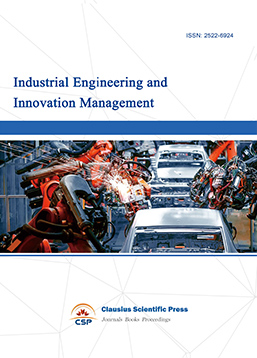
-
Journal of Computational and Financial Econometrics

-
Financial Engineering and Risk Management

-
Accounting and Corporate Management

-
Social Security and Administration Management

-
Population, Resources & Environmental Economics

-
Statistics & Quantitative Economics

-
Agricultural & Forestry Economics and Management
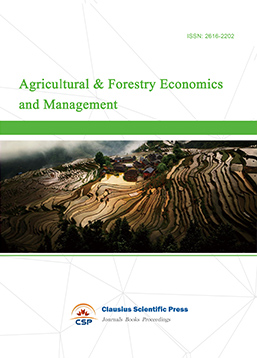
-
Social Medicine and Health Management
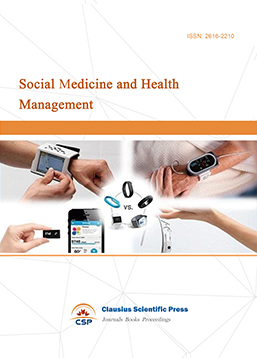
-
Land Resource Management
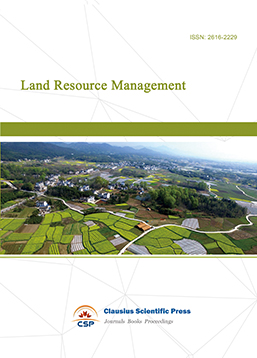
-
Information, Library and Archival Science

-
Journal of Human Resource Development

-
Manufacturing and Service Operations Management
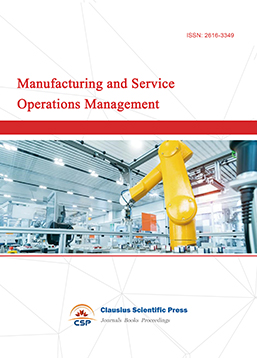
-
Operational Research and Cybernetics


 Download as PDF
Download as PDF